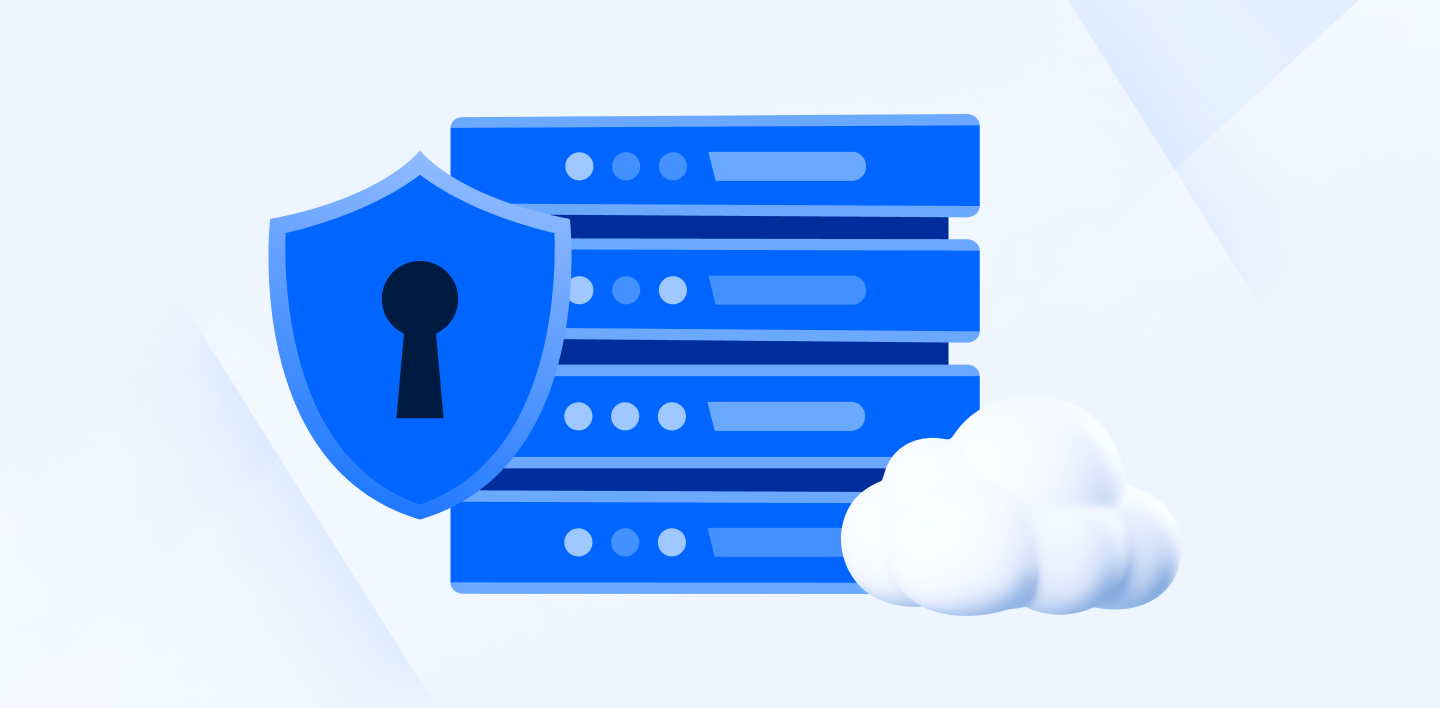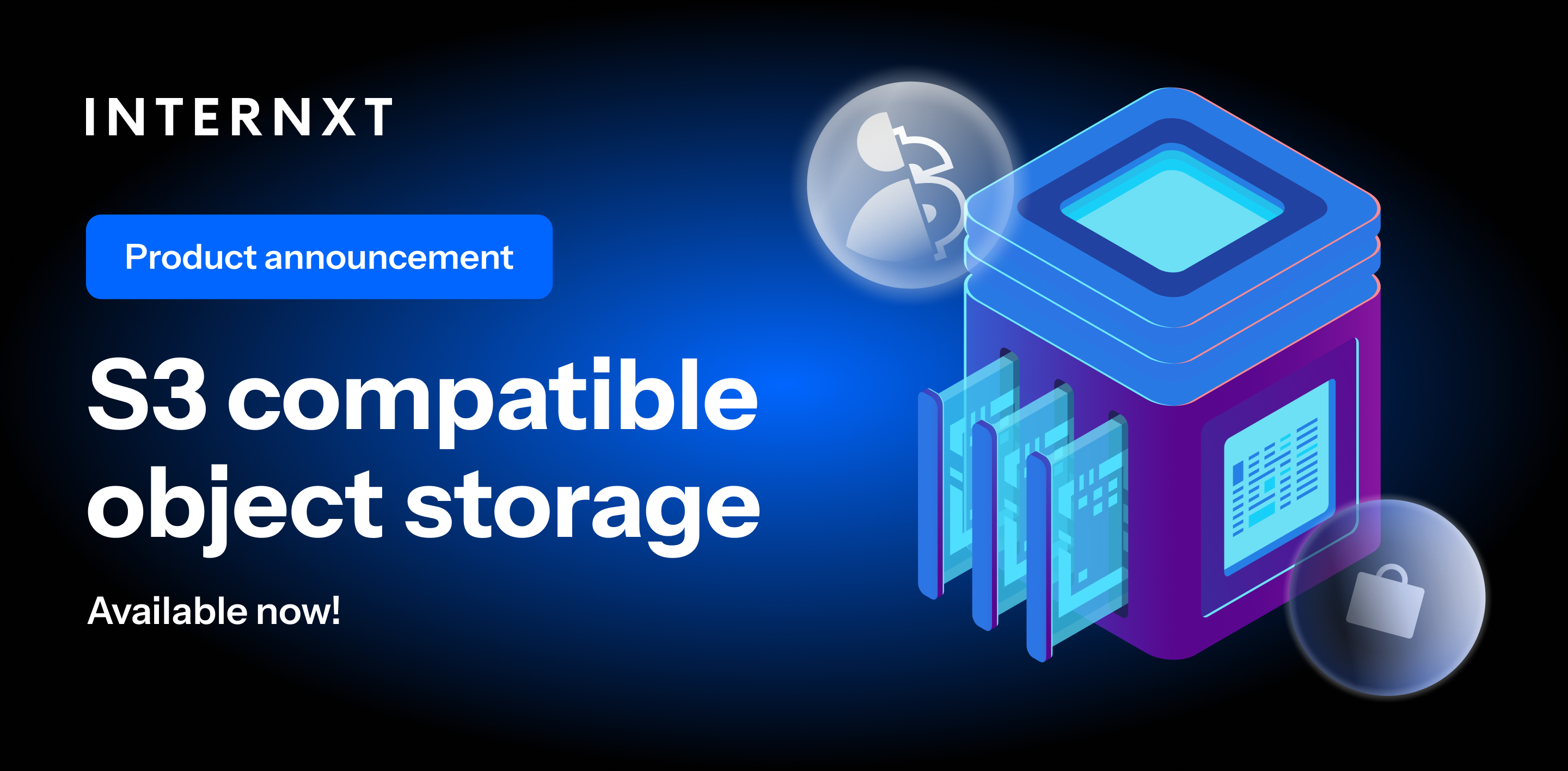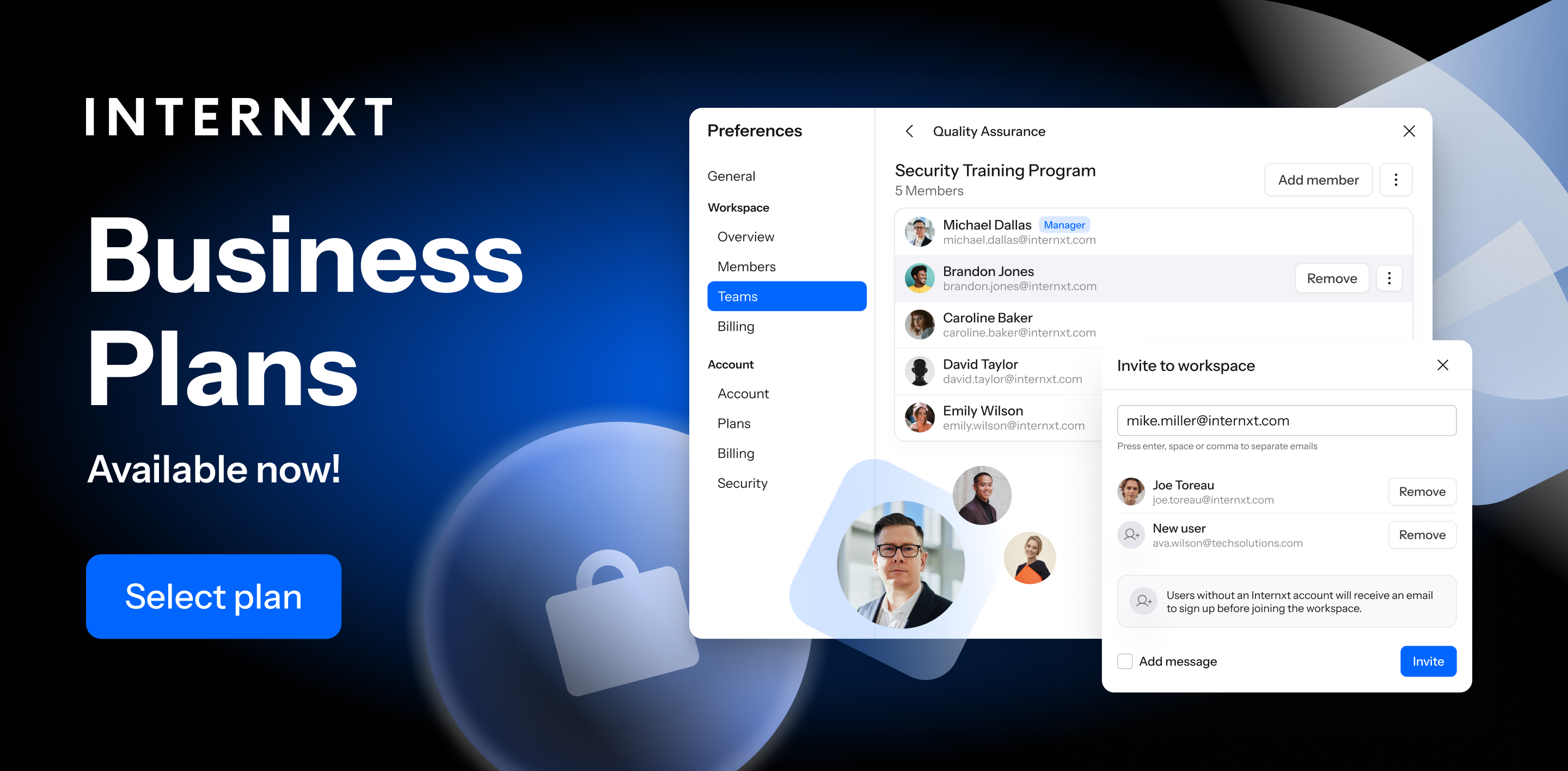How Immutable Backups Can Protect Your Business from Data Loss

In 2024, the demand for ransomware payments reached new and extreme highs, with the average cost of an extortion payment from a ransomware attack reaching $5.2 million. While traditional backups provide good data security, they are still vulnerable to ransomware and other cyberattacks.
Another, more secure option to prevent a breach in your personal or business storage is immutable backups. Immutable backups form a crucial part of a data protection strategy and help you defend against unauthorized access, data breaches, ransomware, and more.
To understand immutable backups further, we will explain how they work, how they differ from traditional backups, how to implement them, and what options are available to implement them into your data protection strategy.
Let’s go!
Table of contents
- Data writing
- Immutability locking
- Storage
- Access controls and encryption
- Verification and monitoring
- Disaster recovery
What are immutable backups?
Immutable backups create a backup of your file that cannot be altered, deleted, or modified after it is created.
To achieve this, immutable backups have specialized configurations that lock data and enforce write-once, read-many (WORM) principles to ensure information is permanently stored in its original form.
This unchangeable state is achieved through specialized storage systems or software configurations that enforce write-once, read-many (WORM) principles. The WORM principle prevents any changes to the data, and can only be accessed in a read-only form.
These principles prevent data changes regardless of user permissions, company policies, or external attempts. By adopting this approach as part of your cloud management system, companies and employees can guarantee the integrity and reliability of the data they store and help maintain compliance with strict data handling laws.
How do immutable backups work?
Now that we know what immutable backups are, let’s examine how they work, how they protect the security of your data, and the advantages and potential disadvantages of this kind of backup.

Data writing
The backup system starts by writing data to a designated storage location, such as a local disk, network-attached storage (NAS), or cloud storage. It then saves the data in its original form before locking it for immutability. During retention, the data can only be read and not altered or deleted.
Immutability locking
Once the data is written, the storage platform sets and configures immutability to prevent future changes using WORM principles.
At this point, the storage platform adds an immutability flag to the data for a set retention period. During this time, it cannot be modified or deleted by anyone, including system administrators or employees with high-level access privileges.
The backups will also implement strict access controls to prevent users from bypassing the immutability settings. Immutability backups benefit from this high-level security protocol as only authorized users can access or read data but never change it.
Storage
Immutability backups can work on various cloud structures based on business or personal requirements.
Some cloud platforms will have immutable backups built into their cloud architecture systems in environments like Internxt S3 storage. For example, immutability is applied with object locking, so any objects you store and use this setting are automatically backed up and locked during the retention period.
Another data backup and recovery option is on-premises storage solutions, such as network-attached (NAS) storage. These kinds of storage devices implement immutable backups by using hardware or software that integrates with the system and enforces the WORM principle.
However, remember that while NAS or other on-site storage solutions provide immutability, there are fewer options regarding scalability, cost-efficiency, and durability. They require manual and expert setup and are more prone to local disasters or hardware failures.
Therefore, S3 solutions, like Internxt’s object storage plans, offer a scalable, affordable solution for your immutable backup needs at the cost of up to 80% cheaper than other providers, with pay-as-you-go plans for €7/TB/month.
Access controls and encryption
Another major advantage of immutable backups is access controls and encryption for files stored in your chosen cloud platform. You can set role-based access controls (RBAC) to set user permissions based on their roles in the company.
Administrator, backup operator, and auditor roles can be set, with each having permission to access, manage, or view immutable backups. These roles can help with business compliance by working off a zero-trust principle, reducing access to only those with the necessary credentials.

Once stored in the cloud, immutable backups are protected with encryption protocols to prevent unauthorized access from hackers. This ensures that the plan data is unreadable to any cybercriminal trying to access the backups.
The industry standard for encrypting files is AES 256, which protects files at rest and in transit and keeps immutable backups protected against hackers. All files are encrypted with a special encryption key, allowing authorized users to decrypt and view files.
For the most secure option for encrypted data, choose a cloud storage provider that does not hold the keys to your data, such as Internxt. This gives your business extra control over who can view and access sensitive information.
Verification and monitoring
Once your immutable backups are in place, it's considered best practice to monitor your backups to ensure no unauthorized access and that files are protected and accessible in case of natural disasters, server downtime, or ransomware attacks.
Verification and monitoring steps will involve ensuring backups are maintained, scheduled, and processed correctly. Administrators will also need to monitor accounts for suspicious activity, such as log-in attempts, device activity, or any other activity suggesting a user is trying to access backups without authorization.
Once the previous access and encryption protocols are set up, your organization will need to verify that your immutable backup system complies with regulatory standards based on where your files are stored.
This will include measures to ensure backups are maintained and kept immutable for the recommended time and protected with required encryption technology. With access control and identity management protocols are in place, documented, and properly audited.
Verification and monitoring is an ongoing process, so employees need to be trained in effectively managing and working with these systems to ensure their immutable backups don’t become corrupted, lost, or stolen.
Disaster recovery
Despite the security immutable backups offer, businesses are still prone to data breaches and natural disasters that could compromise the integrity of the data your company has worked hard to protect.
Therefore, it is crucial that businesses plan and implement a recovery plan against data breaches. Geographic redundancy is one of the first things to look for when searching for an immutable backup solution.
Data redundancy backs up your files across various servers. If one data center experiences a network failure, natural disaster, or cyberattack, your immutable backups are still accessible for any of the other locations where they are stored.
Immutable backup software should regularly back up and alert system administrators if problems arise with a scheduled backup or security notifications so that a disaster recovery plan can be implemented as soon as possible to prevent further damage or threats to data.

Companies often set a recovery point objective (RPO) to establish an acceptable amount of data loss during a disaster. For example, an RPO of four hours means the backup system should recover data in no more than four hours.
Data breach response plans require everyone in the organization to work together and stay updated about the company's current cybersecurity protocols. This recovery program should be thoroughly tested every few months to identify any weaknesses that could be exploited in the event of a real disaster.
How to choose a service with immutable backups
As is the case for all businesses migrating data to the cloud, choosing the right provider that offers everything you need can be challenging. To make it easier, this checklist provides features companies should consider when finding a backup solution for their files.
- Scalability: as your business grows, you will need more storage and access to more backups. Choosing a company that scales your storage without additional costs will help you save money, and avoid having to repeatedly migrate your data elsewhere.
- Regulatory Compliance: GDPR, HIPAA, or SOC 2 are common compliance laws your business will need to meet, so pick a provider that complies with these depending on your business location.
- Security: Look for features like encryption, role-based access controls, and multi-factor authentication to enhance data security.
- Disaster Recovery: Consider how the backup solution integrates with your disaster recovery strategy plan and how effective this would be.
- Cost: Evaluate the cost of cloud-based solutions vs on-premises systems.
Conclusion
Choosing immutable backups for your files is a huge leap in protecting your business against future threats to confidential consumer, employee, and business data. This is why Internxt is dedicated to offering businesses solutions to protect and back up all data with its alternative to AWS S3 storage and B2B cloud storage plans.
With these solutions, companies can take control of company data, ensuring all employees can work securely in the cloud and that all data is kept secure, private, and backed up with maximum control.

